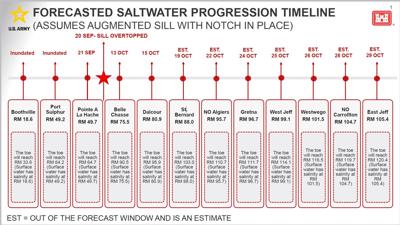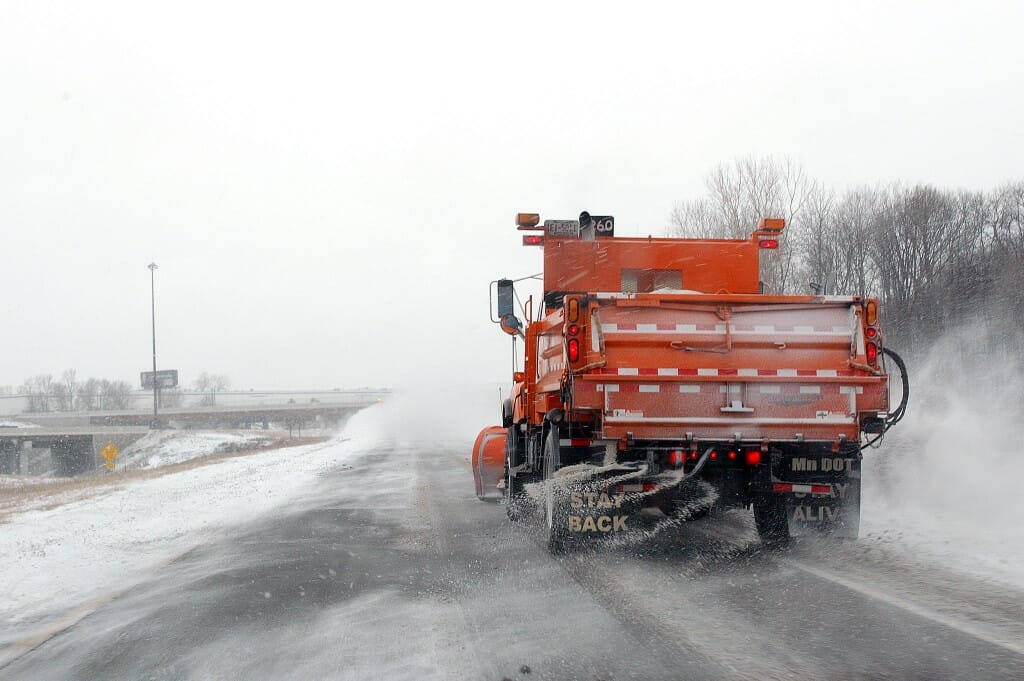Welcome to the last days!! What a time to be alive! GOD brought YOU into this world for such a time as this. There is purpose in your being here. He has a plan for your life that will be the most fulfilling experience you could ever know. You can fight against it, focus on YOUR plans and YOUR desires… and miss YOUR BEST LIFE.
Most of the people who are negative about God and the bible, are people who have neither knowledge or understanding of the Word of GOD or of THE CREATOR HIMSELF.
I was struck the other day by a particular passage. As I have mentioned this week, it is worthwhile to spend some time in the Prophetic messages that God has left for our admonition. These are the days we are living, the ones laid out in God’s word as the LAST DAYS. Why would you not want to know all you can about them?
There are writings that are not in the canonized bible, but are part of God’s revelation to US. The book of Jasher is mentioned in the Bible several times. It is a treasure chest of additional information that will give you a clearer picture of many of the past events and the coming events. There are other books in the Apocrypha that are valuable and valid. There are a couple of books written by ENOCH. But you must be careful because there were TWO ENOCHS one served GOD and one served Satan. Tread carefully if you are going to read ENOCH. The book I was in the other day, that inspired this post is the second Book of ESDRAS, which is found in the Apocrypha.
I have other posts that address some of the more well covered signs of the end, such as water turning to blood, plagues, red heifers’, the Sanhedrin, the Temple, sacrifices, the messiah, etc. Today we will look at a few that are given less attention, and often even missed.
Always remember that the elite are fully aware of the prophecies. They are doing all they can to prevent the masses from seeing them and/or recognizing them for what they are. They try to explain them away using “science”. That failing the try to make anyone who believes them to be supernatural signs as being foolish, religious, conspiracy theorists. Mocking, ostracizing and ridiculing them to drive a wedge between them and those who are not yet awake..
They will try to make you believe that all this stuff we see happening today is just “normal”, easily explained. I am a witness folks NOTHING WE SEE GOING ON IN OUR WORLD TODAY IS NORMAL! NOTHING! Our WORLD has been turned upside down. The elite have found ways to control everything (we know where they found it) and they have been wreaking havoc on our Environment, our Bodies, our WORLD ever since.
Here is the specific Scripture:
Tourist towns along the Lake Michigan shoreline love to proclaim the giant body of water “Unsalted and Shark-Free.” The slogan is plastered on t-shirts, magnets and bumper stickers — but, according to a new study, only one of those claims holds water.
Combined, the Great Lakes make up about 20 percent of all the available fresh surface water in the world. While it’s true that sharks aren’t swimming through that vast reservoir, the lakes aren’t as fresh as they used to be. Over the last 200 years, thanks primarily to the use of road salt to keep winter roads and surfaces ice-free beginning in the 1940s, the freshwater of the Great Lakes has seen salinity levels creep steadily upward.
While other studies have shown increasing salinity levels in smaller bodies of water, “we know big lakes aren’t immune to human pollution,” says Hilary Dugan, an associate professor at the University of Wisconsin–Madison’s Center for Limnology and lead author of the study published recently in the journal Limnology and Oceanography Letters.
Dugan and her team used a combination of current and historic water quality data and computer models to analyze the amount of salt being carried into Lake Michigan by 234 different tributaries, from major rivers to tiny streams.
Their research revealed that these tributaries bring a little more than 1 million metric tons of chloride — an element indicating the presence of salt — into Lake Michigan each year. Where the lake’s salinity level used to sit at about 1 to 2 milligrams of chloride per liter of water in the 1800s, today’s levels are now closer to 15 milligrams per liter. And nearly half that increase has occurred in only the last 40 years. If business continues as usual, Dugan says, Lake Michigan can expect to see an increase of 1 milligram of chloride per liter every two to three years.
While those amounts don’t approach the 250 or so milligrams per liter that are known to harm freshwater plants and animals and taint drinking water supplies, any increase in salinity can be problematic.
“The things living in these lakes evolved to thrive in freshwater conditions, and we’ve now shoved those conditions into less fresh territory, which can cause stress,” Dugan says.
However, there is some good news, she says. The Clean Water Act, which began regulating many kinds of pollution in the Great Lakes in the 1970s, has proven that — given proper legislation, time and effort — even water systems as large as the Great Lakes can be cleaned up.
“If we pay attention to salt pollution, this is a problem we can fix,” Dugan says.
To fix the problem, however, policymakers need to know not just how much salt enters the Great Lakes, but also where all that salt is coming from. That’s where the efforts of study co-author Rob Mooney come into play.
For previous research, Mooney spent a few summers driving the entire length of the Lake Michigan shoreline and taking water samples at every river and stream he crossed. That work initially led to a study about how tributaries carry nutrients into the lake and trigger algal blooms. But when Mooney began working with Dugan’s lab, Dugan remembered that Mooney kept extra water samples and they were able to test them for chloride concentrations as well.
When they analyzed all of that data and compared it to historic water quality readings, it revealed an interesting dilemma for any salt reduction management strategies.
On one hand, urban areas are obvious salt concentration hot spots. The top predictor of high chloride levels in a tributary, according to the study, is the amount of impervious (paved) surface in its watershed. That means large metro areas like Milwaukee send lots of salt into Lake Michigan. In fact, the highest salt concentrations the study detected were astronomical readings from an outflow carrying stormwater and snowmelt from Milwaukee’s General Mitchell International Airport into Lake Michigan only a few miles away.
But high salt concentrations in a tributary are only part of the problem, Mooney says. It’s also important to consider the amount of water a tributary delivers to the lake.
Five of Lake Michigan’s 300 tributaries are responsible for more than 70 percent of the salt flowing into the lake. This is largely a result of flow, Mooney says. Those are five large rivers which don’t necessarily have high chloride concentrations, but do carry a lot of water into the system. Even if their chloride levels were only a few milligrams of chloride per liter, the millions of liters they bring to the lake can push salinity levels higher.
When snow and ice melt, road salt goes with them, washing into lakes, streams, wetlands and groundwater. David R. Gonzalez / Minnesota Dept. of Transportation
This raises a tough question for resource managers, according to Mooney.
“The largest tributaries are the largest contributors to the lake in terms of chloride load, but their concentrations are well below any sort of (toxic) threat concentration, so they’re not necessarily a priority for chloride management,” he says. “Whereas these smaller tributaries aren’t putting a lot in, but their chloride concentrations are so high that they get a lot of attention. So there’s this mismatch of which watersheds to prioritize for chloride management: Do you think about the stream, or do you think about the lake?”
Whatever decision resource managers come to, Dugan says, the only way to fix the problem is to use less salt in the first place. And that’s something she thinks can be done, pointing out that municipalities and states across the Great Lakes region are already updating winter road maintenance plans and turning to materials like sand or technologies like brine to reduce the amount of salt they’re using.
Considering the lakes currently receive enough salt each year to just barely push them toward higher salinity levels, even modest reductions in use have the potential to move the lakes in a “fresher” direction — which, from Dugan’s perspective, is a big deal.
“The Great Lakes are one of the most valuable freshwater resources in the world,” she says. “Would they still be great if they weren’t fresh?”
spacer
Saltwater Intrusion on Maryland’s Lower Eastern Shore
When will the saltwater wedge reach your drinking water system? Here’s a timeline.
Plans made to barge in 36 million gallons of fresh water a day

The Army Corps of Engineers released its projection Friday as local officials considered how the salt intrusion would affect intakes for drinking water supplies. The corp predicted the salt wedge will reach water intakes on these dates:
- Belle Chasse — Oct. 13
- Dalcour — Oct. 15
- St. Bernard Parish — Oct. 19
- Algiers — Oct. 22
- Gretna — Oct. 24
- West Jefferson — Oct. 25
- Westwego — Oct. 26
- Carrollton — Oct. 28
- East Jefferson — Oct. 29
spacer
The recent study done by Shell and Gardner officially confirms that bull sharks travel more than 1,000 miles up the Mississippi River. The first confirmed report was in September of 1937 near Alton, Illinois. Two commercial fishermen discovered that a larger fish of some kind had destroyed their bait traps. They added wire coverings to the traps, along with chicken viscera for bait to try and capture the mysterious fish. The next morning, they found a dead bull shark stuck in the trap—1,740 miles from the shark’s natural saltwater habitat in the Gulf of Mexico!
A second bull shark was confirmed in the Mississippi River in 1995. The bull shark was stuck in the grate of an intake canal at the Rush Island Power Station in Festus, Missouri, 900 miles from the Gulf of Mexico. Could these two events simply be a random coincidence? Possibly, but researchers say that is the least likely explanation. It is very possible that bull sharks are quite capable of traveling between saltwater and freshwater environments without alerting us to their presence, and that they have been doing so for a very long time.
spacer
Aug 11, 2023 —
GWINNETT COUNTY, Ga. – Austin Ford will not face a third trial in the death of his best friend, 18-year-old Tori Lang.
Ford was found guilty of two counts of theft by taking and concealing the death of another, but two juries could not reach a decision in on charges of felony murder, aggravated assault, and two counts of possession of a firearm during the commission of a felony, with the latest being earlier this month.
“The defendant lied for eight to nine months. To police, to Tori’s family, to police, to Tori’s family, to police over and over again,” Norris Lewis said.
Aug 21, 2023 — The Ohio teenager dubbed “hell on wheels” — who was convicted of intentionally crashing her car at 100 mph into a building, killing her boyfriend and his friend — was sentenced to two concurrent 15 years-to-life sentences Monday.
Mackenzie Shirilla, 19, was sentenced on murder charges in the deaths of her boyfriend, Dominic Russo, 20, and Davion Flanagan, 19. Shirilla, then 17, drove without braking into a brick building in the Cleveland suburb of Strongsville. The passengers, Russo and Flanagan, were pronounced dead at the scene.
spacer
spacer











